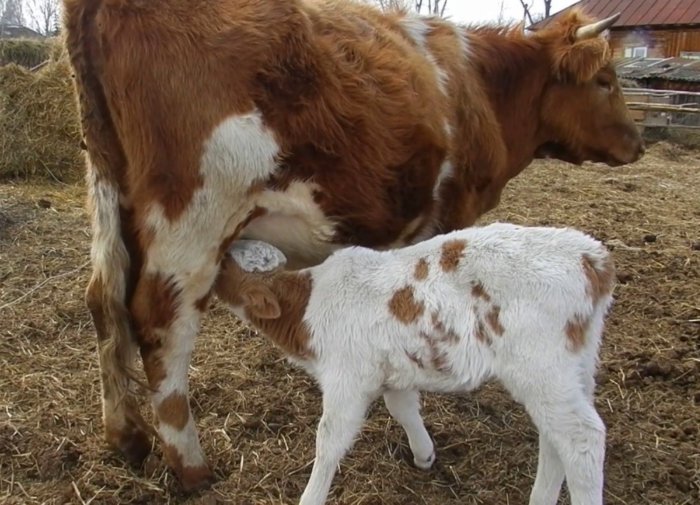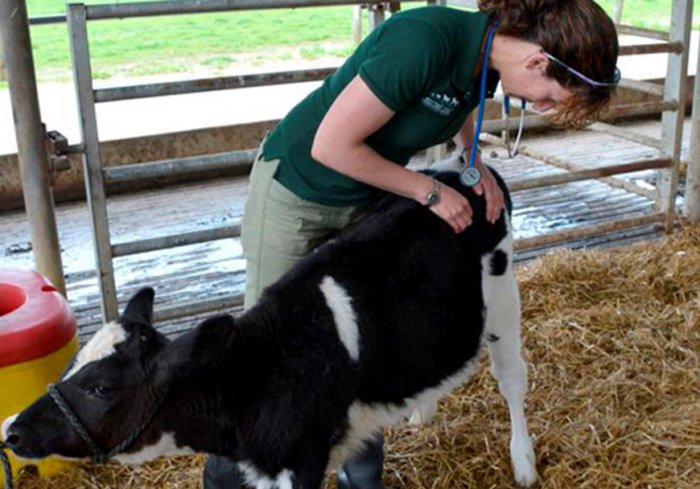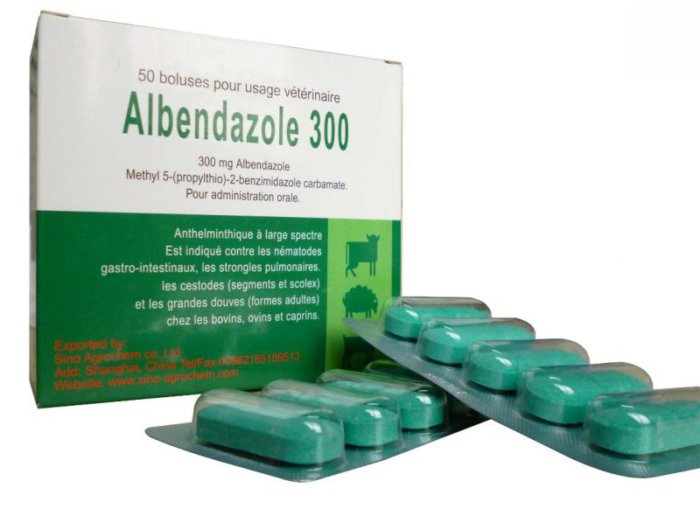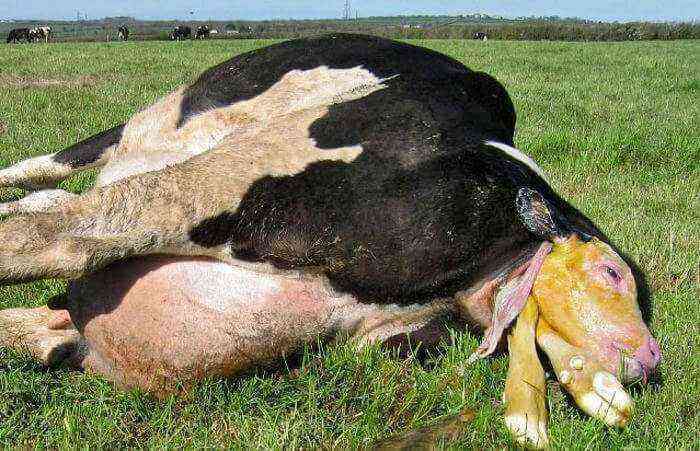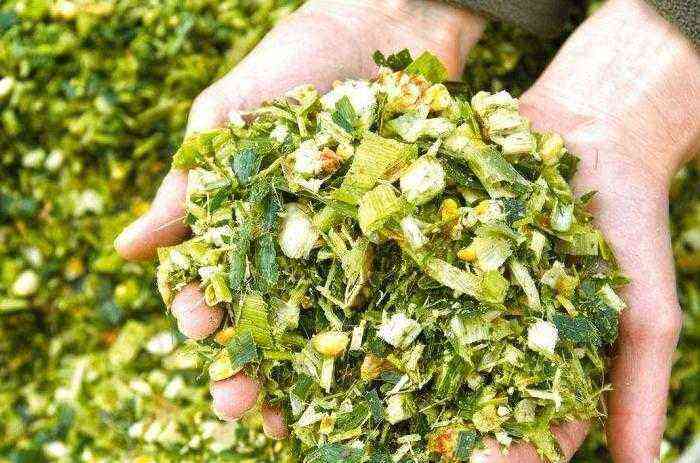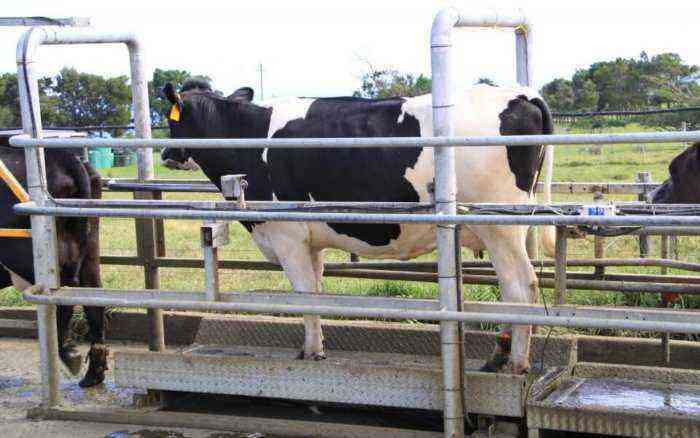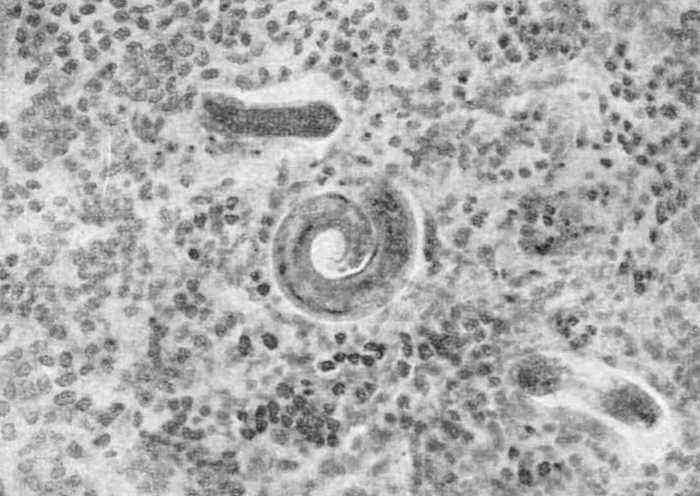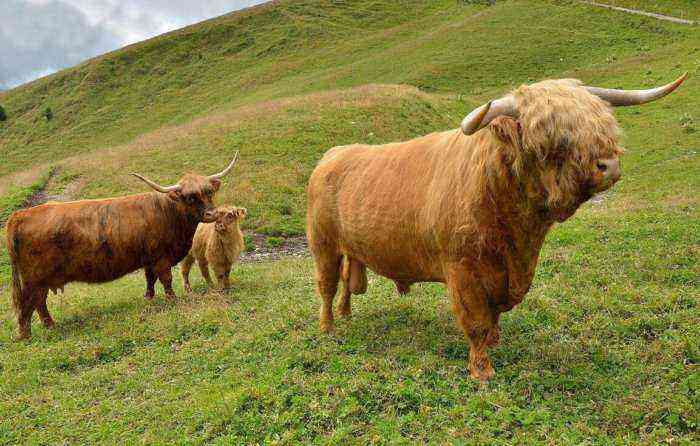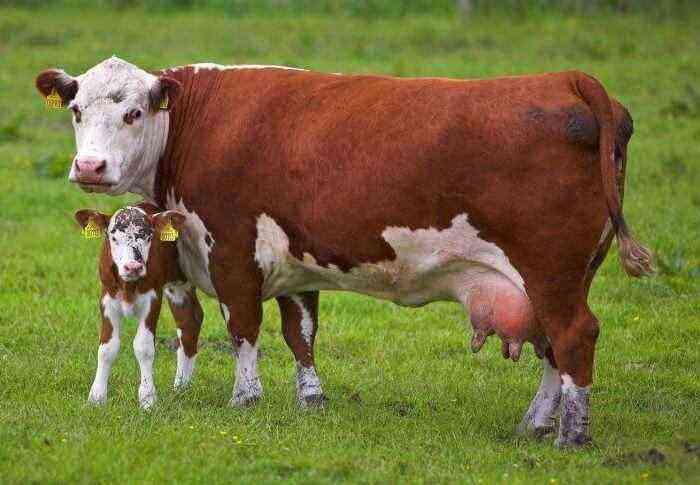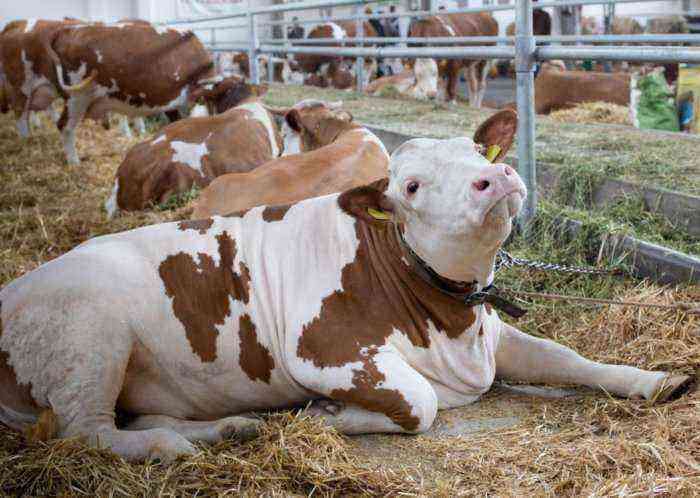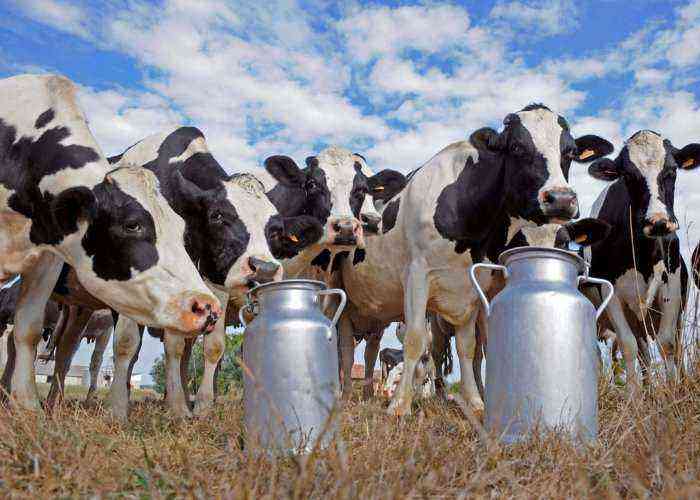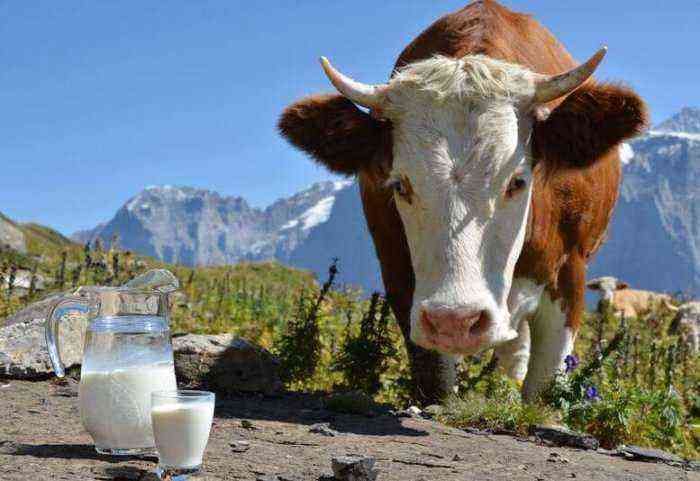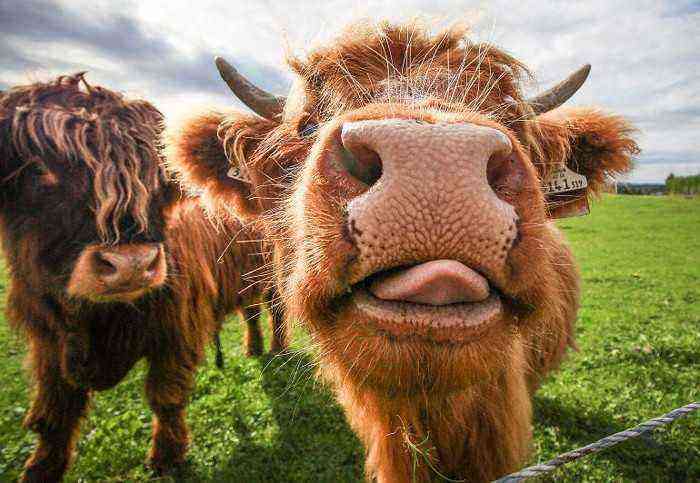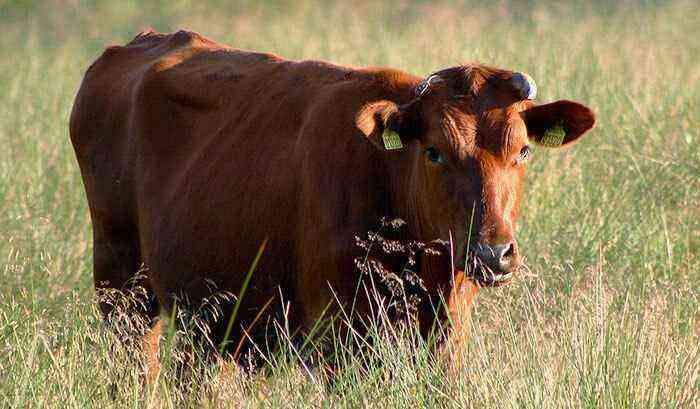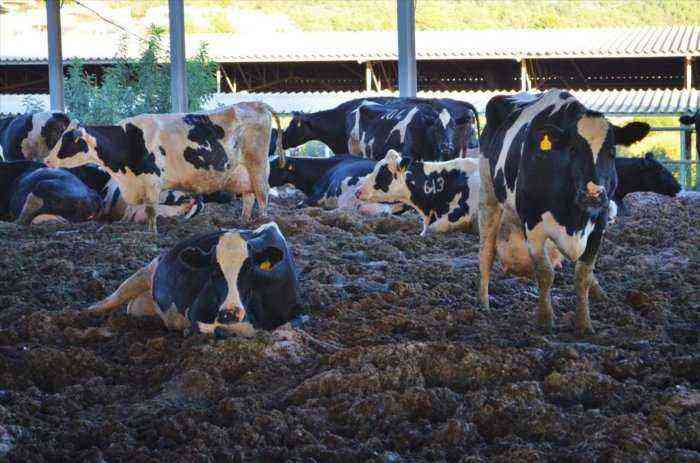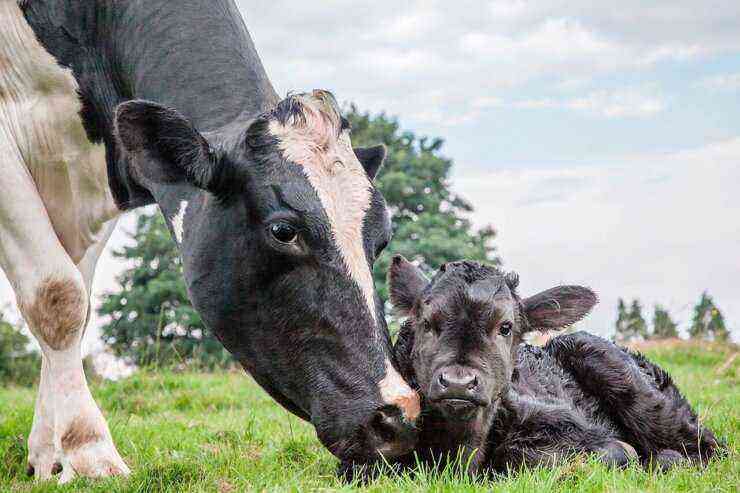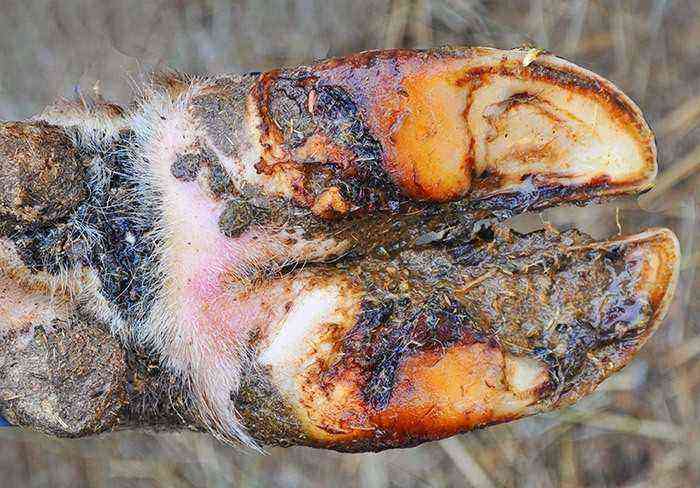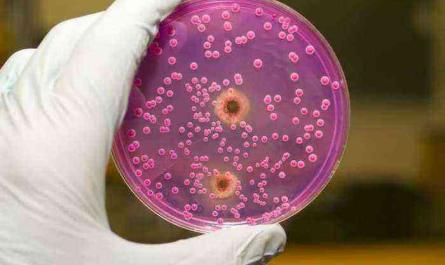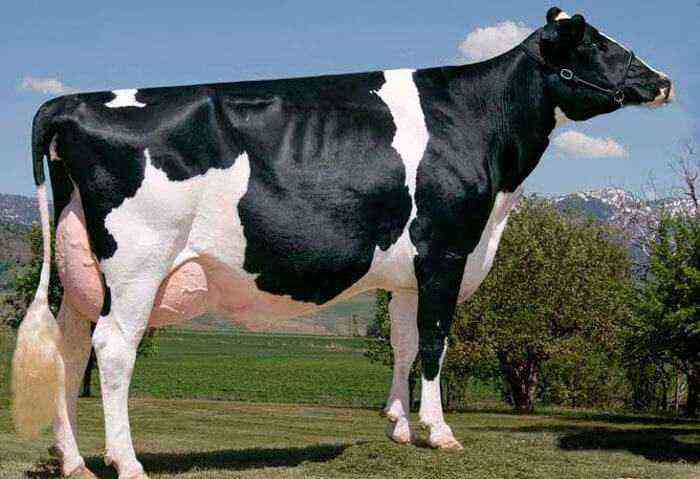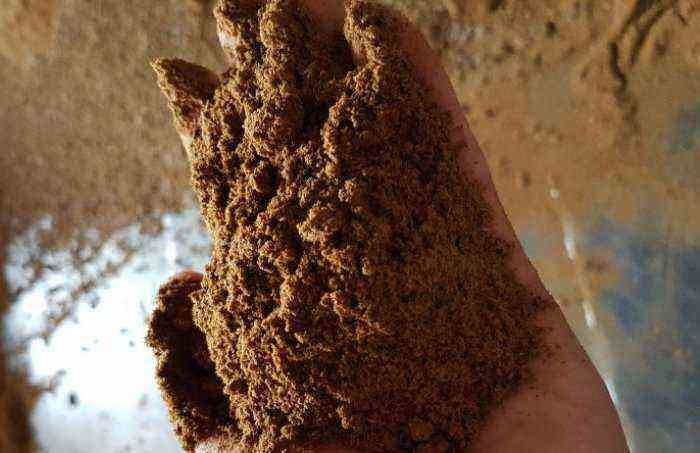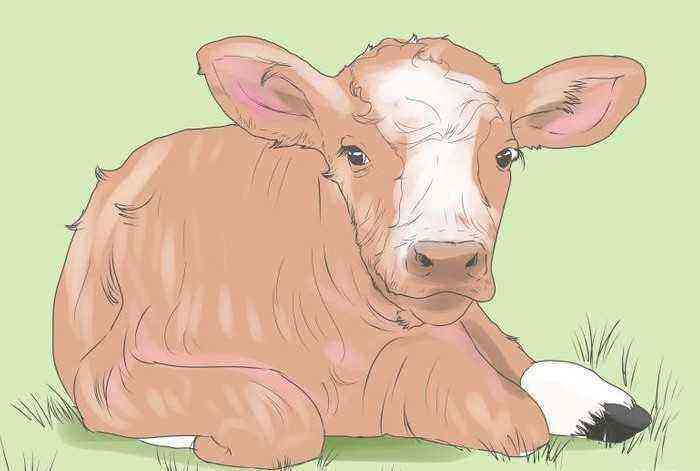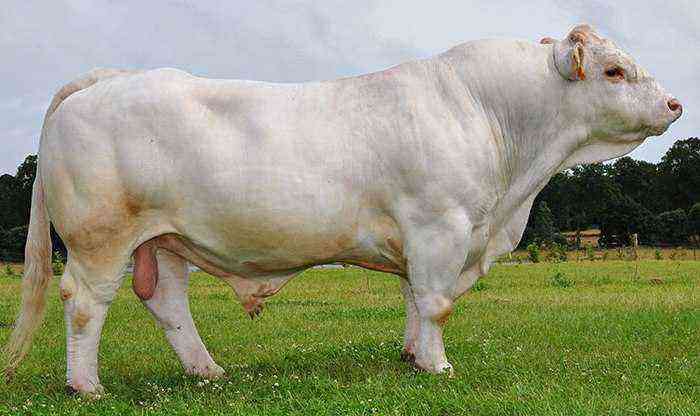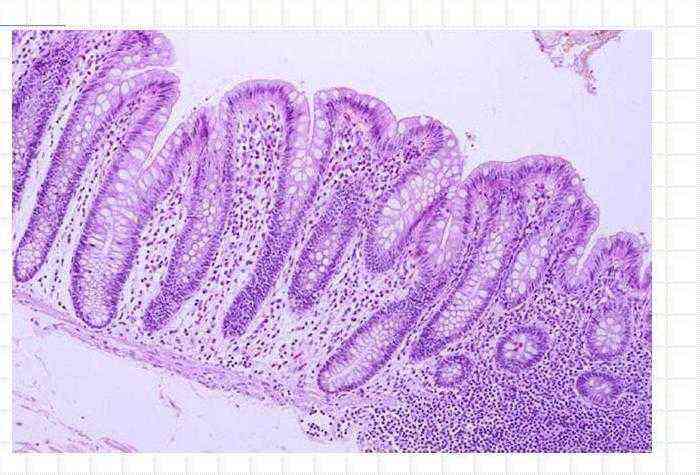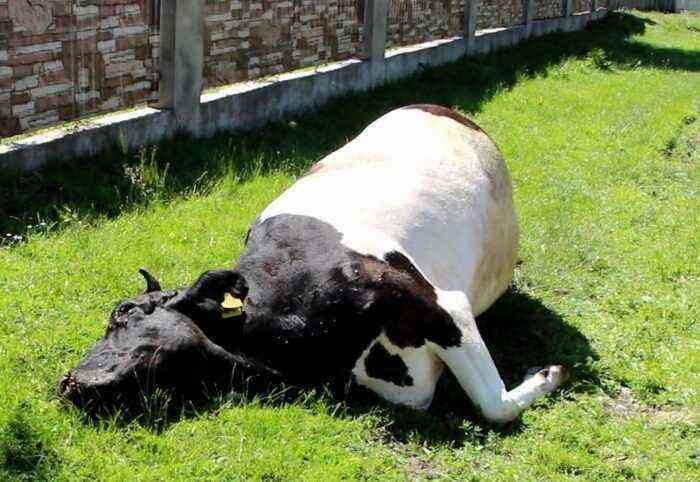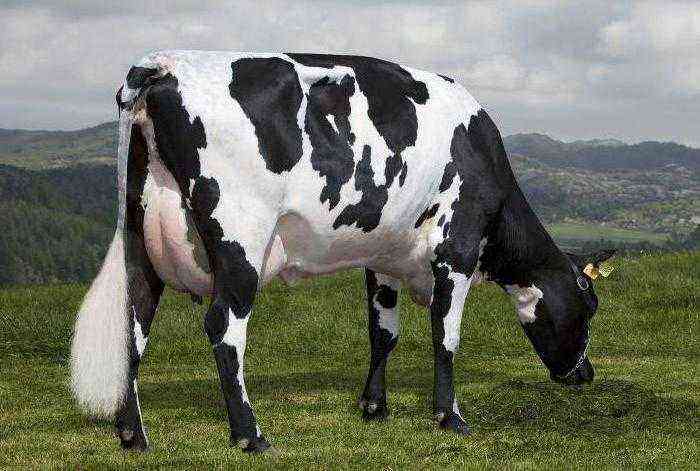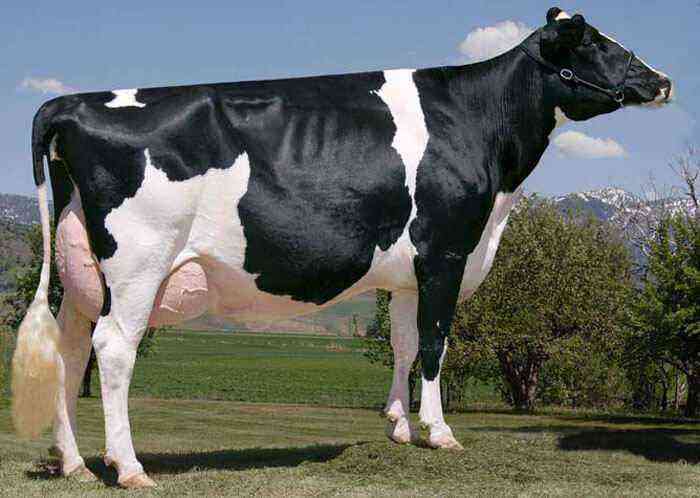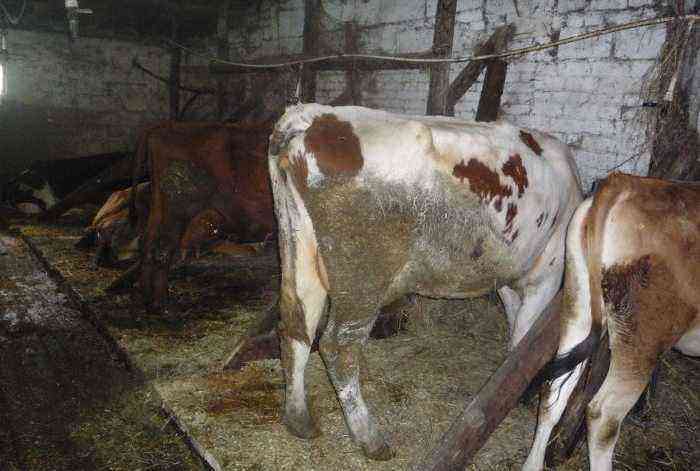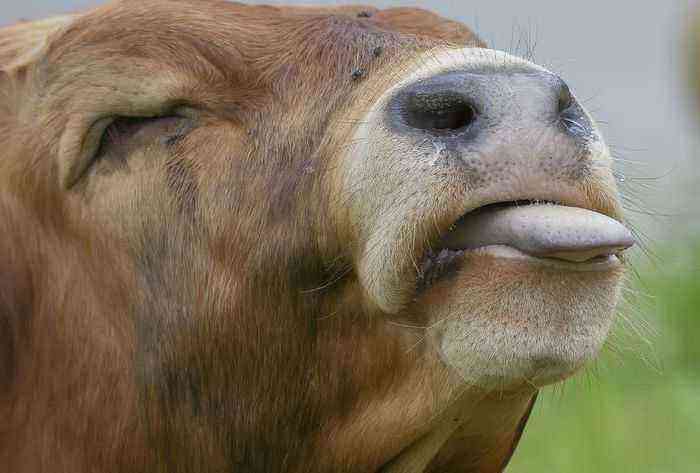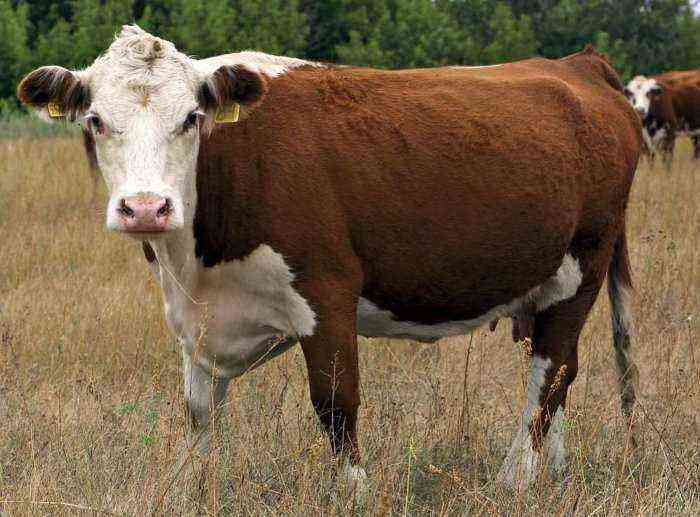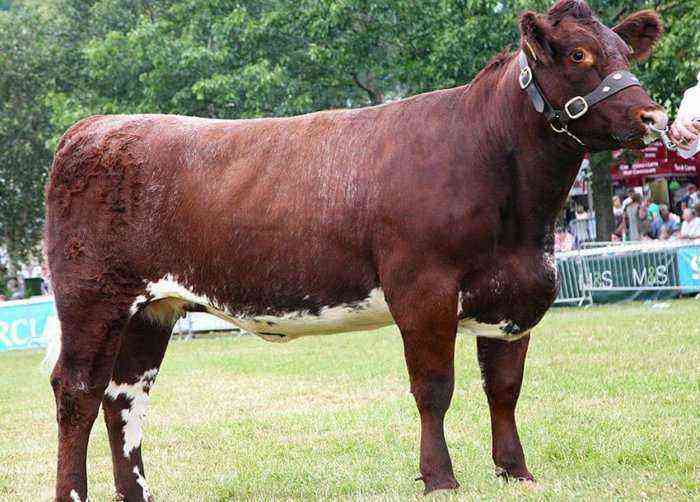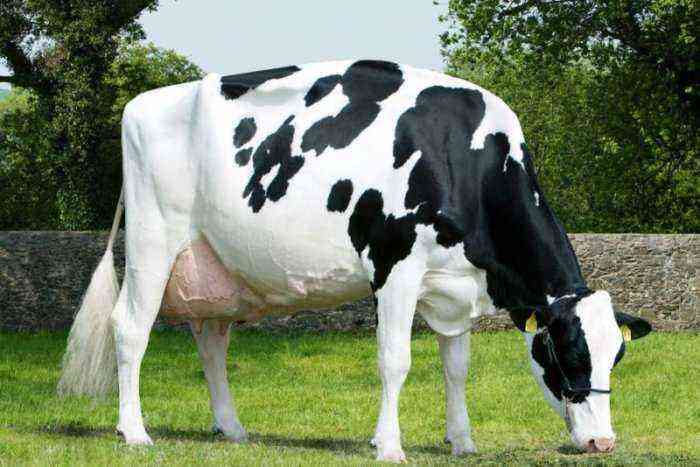Young animals are more susceptible to respiratory diseases. One of the manifestations of these ailments is a cough. If a cow coughs, the farmer needs to find the cause of the disease as soon as possible in order to start treatment in time and avoid complications.
Calf’s cough
Cough reasons
Coughing in calves can occur for a variety of reasons. For example, if young animals are kept in an unheated room on a cement floor without bedding. Hypothermia is a factor contributing to the development of the inflammatory process in the bronchi and lungs. The humidity in the room is also important. Dust, the presence of harmful vapors in the air – ammonia or hydrogen sulfide, can cause coughing in young animals. A stressful situation can also provoke a decrease in immunity and the occurrence of inflammation in the respiratory tract:
- Transportation of animals.
- Weaning from mother.
- Castration.
Infectious and parasitic diseases represent the greatest danger. They always occur against the background of a decrease in immune protection. These include:
- Tuberculosis.
- Inflammation of the lungs – pneumonia, as well as bronchopneumonia.
- Dictyocaulosis.
Young individuals are especially susceptible to these ailments, whose immunity is still weak enough to resist viruses and bacterial infections. Animals that are rarely outdoors, whose diet is poor, are much more likely to get sick.
Calves are infected with infectious diseases during grazing, in contact with sick individuals, through water, soil and food, as well as from the mother through milk. Consider how these ailments manifest themselves.
Infection from mother through milk
symptomatology
If a calf has contracted an infection, one of the manifestations of which is coughing, then this can be determined by the following symptoms:
- The animal is weakened, oppressed.
- Cough dry, frequent or wet.
- The temperature rises to 40-41 degrees.
- Mucus comes out of the nose.
- In some diseases, pallor of the mucous membranes is noted.
- Tuberculosis and bronchopneumonia are often accompanied by diarrhea.
- There is no appetite.
- Shortness of breath appears.
- Wheezing is heard.
- With tuberculosis, the lymph nodes located under the jaw and on the neck are usually enlarged.
Having noticed at least a few symptoms in a calf, in addition to coughing, the farmer should immediately call a veterinary service worker. Treatment cannot be started without an accurate diagnosis.
Attention! If a calf coughs, it should be separated from the herd to avoid spreading the infection.
Diagnostics
When examining a calf, the veterinarian takes into account the body temperature of a sick cow, examines the mucous membranes, listens to the lungs and heart. Although these data help to orient and suggest what the animal is sick with, the results of laboratory tests are still important. Many diseases at the initial stage of development are similar, in order to avoid errors in the diagnosis, it is recommended to take blood, mucus samples for analysis, and also take an x-ray of the lungs.
Veterinarian examination
The picture shows changes in the form of blackouts, which have either clear contours or blurry ones, multiple or single foci of inflammation are differentiated. The veterinarian pays attention to how the border of the heart is visible. These data help to exclude certain diseases or find out in what form they occur. In some cases, a lung biopsy is used to make the diagnosis.
Based on laboratory data, clinical manifestations and a picture, the veterinarian excludes diseases that are initially included in the list of suspected:
- Chlamydia.
- Pleuropneumonia.
- Viral diarrhea.
- Bronchitis and others.
Further, based on the diagnosis, appropriate therapy is prescribed.
Treatment
The treatment regimen depends on the cause of the cough. A sick calf must be isolated from other individuals. He needs to be provided with good conditions of detention – a warm room, soft bedding, peace, good nutrition and plenty of drink. Consider how cough is treated in calves and adult cows with tuberculosis, pneumonia and dictyocaulosis.
Tuberculosis
Tuberculosis is an infectious disease caused by the bacterium Mycobacterium tuberculosis. It enters the body of an animal with food, water, infection can occur from a mother or sick animals, on a pasture in the summer, especially if the season is rainy. In young animals, this disease is acute or subacute.. Typical symptoms of tuberculosis in calves are:
- The cow coughs mainly in the morning.
- Enlargement of lymph nodes.
- Loss or loss of weight.
- Poor appetite.
- Increase in body temperature by 1,5-2 degrees.
- Dyspnea.
- Dry skin, loss of skin elasticity.
- When the intestines are affected, diarrhea often occurs.
Increase in body temperature by 1,5-2 degrees
After making a diagnosis on the basis of bacteriological studies of blood and mucus, as well as an x-ray, the sick animal is sent for slaughter. Tuberculosis is considered an incurable disease.
Pneumonia
Pneumonia and bronchopneumonia are common diseases in calves aged 1 to 4 months. Cough with this disease is mostly dry. Among the symptoms of pneumonia are the following:
- Labored breathing.
- Shortness of breath.
- The temperature rises above 41 degrees.
- Weakness.
- Loss of appetite.
- Discharge from the nose.
- When listening, wheezing is detected, breathing is hard.
- Diarrhea due to intoxication of the body.
Treatment of pneumonia requires an integrated approach. Antibiotics play a major role in therapy. The calf is recommended to undergo a course of treatment with penicillin preparations for 6-8 days:
- Tetracycline.
- Streptomycin.
In addition to antibiotics, vitamins and immunoglobulins are used to increase the body’s resistance, as well as inhalations, rubbing and warming procedures.
Treatment
Dictyocaulosis
Dictyocaulosis is caused by nematodes that parasitize in the bronchi and lungs. Infection of animals occurs mainly on pastures when eating grass or at a watering place. Nematode larvae enter the digestive tract, and from there to the small intestine, where they develop. Upon reaching maturity, the parasites migrate into the respiratory tract. Symptoms of dictyocaulosis are pronounced:
- Decreased appetite.
- Increased intestinal peristalsis.
- Diarrhea.
- Depressed state.
- After 2-3 weeks, a cough begins, which subsequently becomes more frequent and wetter.
- Breathing quickens.
- Mucus comes out of the nose.
- Crackles are heard in the lungs.
- The temperature rises to 40-41 degrees.
- With severe damage, animals lose weight.
- Anemia.
- There may be swelling of the extremities and in the chest area.
Antiparasitic drugs are used to treat dictyocaulosis. They are administered subcutaneously, according to the instructions. The dosage is calculated based on body weight. Here is a list of medications for your reference:
Albendazole
- Loskuran.
- Ditrazine.
- Divezid.
- Nilverm.
- Fenbendazole.
- Albendazole.
- Ivomek.
- Rivertin.
Attention! A veterinarian should prescribe a specific drug for treatment. He will tell you in what dosage and according to what scheme to carry out the treatment so that it is effective.
Prevention
Preventive measures should be given much attention, as coughing is not a harmless phenomenon, but often associated with serious health problems. What to do to prevent infection of young animals:
- Keep them in clean, dry and warm rooms without drafts, but with good ventilation, provide them with warm bedding.
- Provide calves with nutritious food.
- Include vitamins in the diet to increase the body’s resistance.
- To accustom young animals to changes in environmental temperatures.
- Walk the animals regularly.
- Do not rush to transfer young animals to adults.
- Avoid stressful situations.
For the prevention of dictyocaulosis, the improvement of reservoirs and pastures for grazing young animals, the separate keeping of young individuals, as well as timely deworming is important.
If a calf starts coughing, you should immediately start looking for the cause of this phenomenon in order to help the sick animal recover as soon as possible. It must be separated from the herd, the diagnosis of the disease should be carried out and treatment should be started immediately.
